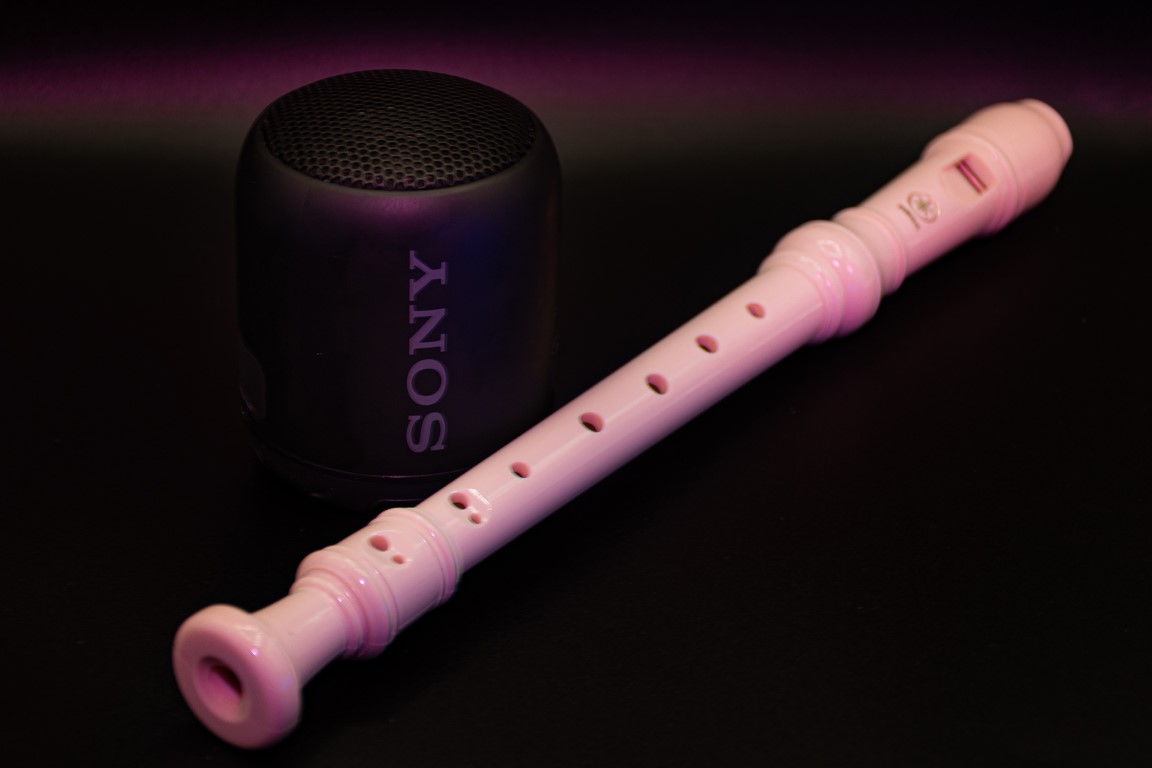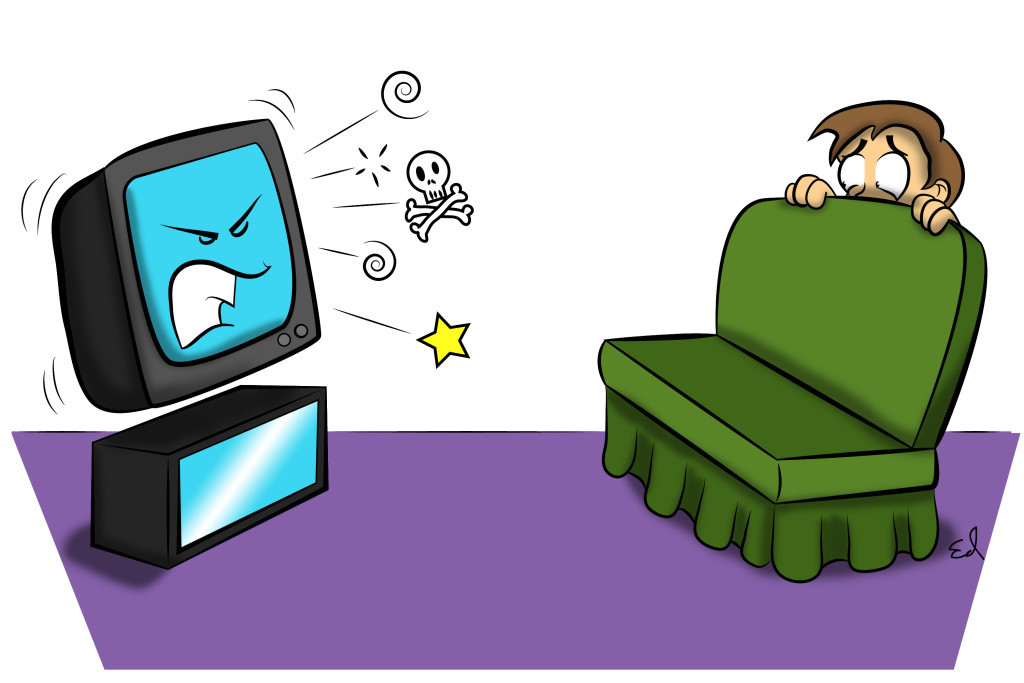
The importance of vocal placement
By Sonam Kaloti, Arts Editor
Adele had to undergo under a high-risk surgery in hopes of repairing her damaged vocal cords.
Vocal placement is a huge deal. It’s one of the easiest ways to tell a casual singer from someone who actually knows what they’re doing. With that, it’s a great way to determine who knows how to play the instrument they’re using, which can prove itself very important in the realm of music.
There are many placements for sound in and around the body. Various tracks for sound exist—some bad, some good. Some of this may ring untrue since every person’s body is different. I am a high soprano and a petite figure, and this is where the sound usually exists for me. Though, most of this information is universal enough.
Generally, sound should begin at the diaphragm, hooking under your sternum for support. This grounds the sound for wherever you’re going to take it next. It should then go through your chest to behind you. This is already a place where most people do not go. The absolute worst way to sing is forward and from your throat. Pushing the sound out is dangerous and can permanently damage your vocal cords—which is also the reason most voice instructors don’t recommend belting. It’s generally believed that there is no fully safe way to belt (though, there are some safer ways than others).
To go into head voice (high pitch going beyond your break), the sound generally should go behind your head and slightly above, where it circles and resonates best (since it is a track, depending on the note, the placement may be slightly above or below on said track). At the same time though, regardless of what pitch you’re singing, the sound should go behind you (this is where chest voice goes). With high notes, it should go behind and above, but still behind and down to keep the sound grounded and not pushed forward. The sound can also circle above and be thrown forward from above your head, but this isn’t a good move for beginners who may lose control of the sound from here.
Mix voice is head voice connected with chest voice and it eliminates the break between the head and chest registers. It is also a way to “fake belt”—creating a strong resonant high sound without damaging your vocal cords by putting too much breath and throat tension on them.
It is worth noting that it is a careful practice and should be worked on mindfully. Tons of extremely talented and well-trained vocalists have practiced some sort of poor vocal technique—resulting in damaged vocal cords. One example is Adele, who had to undergo a high-risk surgery in hopes of repairing her damaged vocal cords. Sam Smith, Megan Trainor, and Michael Bublé are just some of the countless vocalists who have damaged their voices.
Voice is a much more dangerous instrument than it is given credit for—especially by those assuming that vocalists are simply “divas” with little genuine skill as opposed to their visible-instrument bearing musician counterparts. However, it is a dance, and an exercise requiring extreme awareness and connection to your entire body and the space around it. It is difficult, dangerous, and deeply misunderstood by everyday folk, musicians, vocalists, and professionals alike. Although vocal placement is important in the art of singing, if you’re interested in learning the instrument, the first step is learning how to breathe, but that’s a whole ‘nother anatomy lesson.

